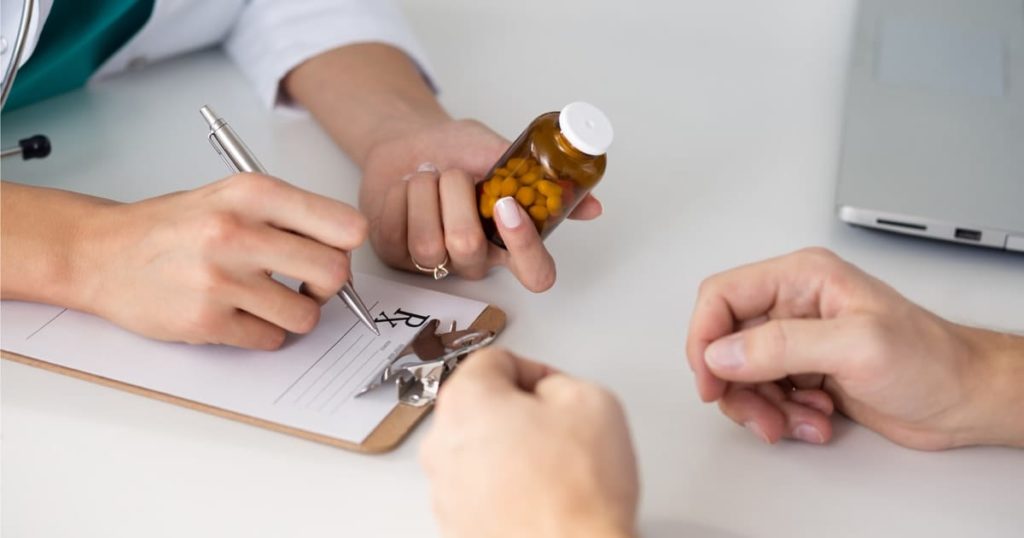Choosing to enter a program in a drug treatment center is an important first step in addiction recovery. Organized treatment programs offer a structured multidisciplinary environment designed to address various components of addiction recovery, including emotional and psychological factors, and medical concerns. But when treatment is successfully completed, there is a critical next step during recovery — follow-up support to help prevent relapse. Significant after care and ongoing support have been shown to substantially improve long-term outcomes for people in recovery. The type, duration and focus of a continuing care program that is right for a particular individual will depend on the type of addiction being treated and individual needs.
Characteristics of Successful Continuing Care
Research shows that people who participate in various continuing care programs after completing a program at a drug treatment center, are much less likely to relapse quickly and more likely to re-enter a program if needed. When searching for a drug treatment center, it is important to research the continuing care program that is offered after treatment. Examine various programs to determine which follow industry best practices for successful after care, and match those programs with individual needs. The following are common characteristics of the best recovery management programs after addiction treatment. Significant Continuing Care. Treatment centers provide for significant ongoing after care that is adaptive, and includes support networks and regular follow up for 12-18 months — these tend to result in better long-term success. Recovery Management Check-ups. These provide long-term monitoring of individuals in recovery through regular check-ups and early re-intervention to detect and prevent potential relapse or reduce the time to treatment reentry, if needed. Check-ups are regularly scheduled, proactive, and personalized. They provide feedback, discuss addiction management in terms of a chronic rather than acute condition, give motivation, and revisit barriers to treatment and how to overcome them. Recovery Management Check-ups rely on connections, engagement and retention procedures to help participants get the support they need over a period of years.
Peer Support.
This is offered through 12-step programs and other self-help groups, including:
12 Step Programs.
These focus on abstinence and total sobriety while surrendering to a higher power over a lifetime of membership. 12-step programs can include cognitive-behavioral therapy and motivational enhancement therapies in individual and group formats. 12-step peer-based programs have shown great success for many people and can continue for as long as the individual in recovery wishes to participate, usually over a period of years.
SMART Recovery.
Distinct from 12-step programs because they don’t require abstinence, the SMART programs might be important for people in recovery who also have medical disabilities that may require prescription pain management. Abstinence is emphasized, but not required. SMART Recovery is also time-based. Membership is not lifetime and does not necessarily focus on a higher power, but on facilitator-led discussions that allow for autonomy and consideration of individual needs and life goals. SMART Recovery programs may be a good alternative for individuals who resist 12-step protocols.
Technology-based Interventions.
These technologies are still in their infancy, but many programs are beginning to use web-based and smartphone interventions that can be accessed by users anywhere. Research indicates that computer-, web-, smartphone- and text-based continuing care interventions are cost-effective, easily accessible, and effective methods to motivate and engage individuals in recovery. Software allows users to access interventions 24/7. Participants can “ask an expert” questions, allowing users to interact with addiction professionals and receive personal responses to their queries. Functions like a “panic button,” triggers alerts to designated people — like a counselor, sponsor or family member — in times of need. But one drawback to these programs is that the software is entirely user initiated. Thus, interventions rely on self-initiation from an individual who may be in crisis.
Recovery-oriented Systems of Care.
These programs treat addiction and recovery like a chronic condition. As such, it cannot be “cured” and requires ongoing management. The goal is to intervene early, during treatment, and sustain support after treatment. The system offers comprehensive, coordinated services that are individually tailored. Services meet and address specific recovery stages, needs and recovery goals. Recovery-oriented Systems of Care also offer a variety of support mechanisms over an extended period of time, including case management, education, job training, housing assistance, childcare, transportation to work and treatment appointments, spiritual support, as well as relapse prevention, recovery support, family centered therapy and education, peer-to-peer services and coaching, self-help and support groups. Sources: The Effects of Continuing Care on Emerging Adult Outcomes Following Residential Addiction Treatment Beyond Bricks and Mortar: Recent Research on Substance Use Disorder Recovery Management SMART Recovery: Continuing Care Considerings for Rehabilitation Counselors

